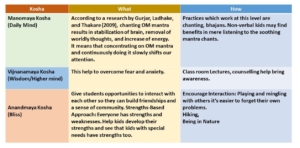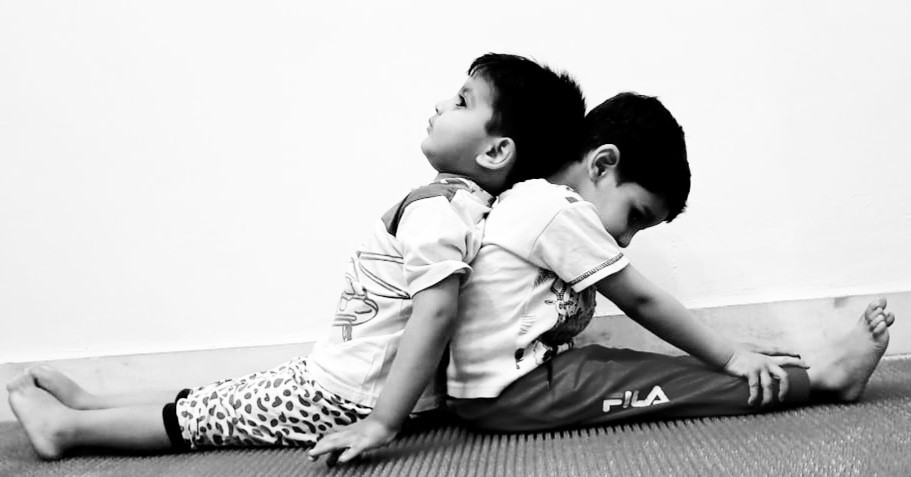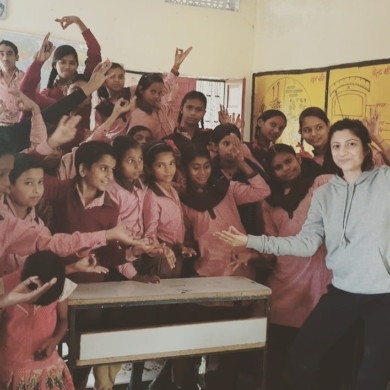Humans are born into social groups and live their entire lives as a part of society, so the social element can’t easily be removed from the evolution of an individual. However, children with autism constantly experience barriers to the enjoyment of their basic human rights and to their inclusion in society. Their abilities are overlooked, their capacities are underestimated and their needs are given low priority.
Autism involves a wide range of challenging behaviors, including deficits in language, perceptual, and motor development, defective reality testing, and an inability to function in social situations (Carson, Butcher, & amp; Mineka, 2004). Yoga is a powerful tool that can teach children how to connect to their bodies, tap into their own personal strength, better deal with life challenges, and build connections with the outside world. Yoga practices may help improve these symptoms and gradually reduce the severity of autism. People with ASD could benefit from Yoga in two ways:
- Directly, by impacting on Core ASD symptoms (social communication and social interaction, restricted or repetitive interest, and behaviours and sensory abnormalities)
- Indirectly, by improving on co-morbid conditions with ASD (ADHD, anxiety, insomnia, depressive symptoms)
Yogic approach has a holistic view on personality. The Taittiriya Upanishad describes human being to be having a five sheath personality (Pancha Kosha). One has to do a complete justice with all these Koshas through appropriate practices before attaining Self-realisation. The principle of Integrated approach of Yoga therapy (IAYT) is based on this ‘panch kosha’ theory; it takes the holistic view of human organism wherein the inter-dependence of body, prana, mind, intellect and inner bliss is key for a holistic healthy personality. Therefore, emphasis in yoga therapeutic setting is at all five layers of the human being.
Children with ASD require lifetime Yoga practice. The majority require a program with repetition, structure, and continuity, as established in IAYT sessions, which seem to increase critical skills. ASD children typically display decreased co-ordination, body awareness, and sensory integration; competitive physical outlets are frustrating. Yoga is non-competitive, and provides an environment where risk-taking and self-confidence can increase.
The IAYT provides techniques to change the imbalances at all five koshas.



Although the available data in the form of research is quite limited, the efficacy of yogic practices in improving the quality of life in autistic children cannot be ignored. Available studies support the fact that Yoga therapy can be used as a treatment for reducing the symptoms of autism.
Radhakrishna (2010) in his study investigated an integrated approach to Yoga therapy for a period of 10 months as a treatment method in children with ASD to increase imitative skills and found that children exhibited increased skills in eye contact, sitting tolerance, non-verbal communication, and receptive skills to verbal commands related to spatial aspects at the end of the study. In another study, Radhakrishna, Nagarathna, and Nagendra (2010) studied a specially designed Integrated Approach to Yoga Therapy module for ASDs over a period of two academic years. Their study included children aged 8-14 years from middle class families, who received an hour of Yoga therapy a day. The Yoga practice was broken down into different exercises. With repeated practice, improvements were observed like eye contact, ability to sit for a long period of time, and improvement in body posture.
Practices that are found in the Yogic system of education can be easily integrated into an autistic student’s regular school curriculum. We need to create an enabling environment to support yoga inclusive educational training. We also need to ensure there are enough appropriately trained teachers for all. Teachers and caregivers are the most important factor in determining the quality of Yoga interventions a child receives. Reduce teacher-pupil ratios, so that teachers can focus on individual learners’ needs. This must be coupled with interventions which seek to target broader social, cultural or economic barriers faced by autistic children. This could include community based rehabilitation, social protection schemes or health interventions. Inclusion requires the recognition of all children as full members of society and the respect of all of their rights, regardless of age, gender, ethnicity, language, poverty or impairment. An inclusive society is one in which difference is respected and valued, and where discrimination and prejudice are actively combated in policies and practices.”





Add Comment